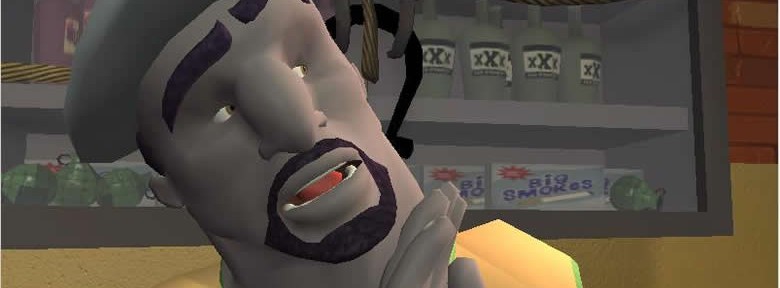-
LucasArts Closes

LucasArts in the 80’s and 90’s helped shape me into the interactive media artist I am today. My time at Telltale Games was as close to working in that environment, and I hope shaped positively the careers of future men and women of interactive media.
-
Non-Fiction Games Manifesto

Non-Fiction Games explained by the founder of Space Between Studios, John *Seg* Seggerson.
-
Kickstarter Backer Support Tool?
Seg ponders on better support tools for managing Kickstarter backers.
-
Steam: Big Picture
Steam announces “Big Screen” mode on Steam, and a new corporate voice and presentation style.
-
Steam Greenlight

Steam Greenlight allows better access to the Steam storefront. There are concerns, but overall it’s a great starting point.
-
In Defense of Subtitles

A few weeks ago Jonathan Blow talked about his incorporation of subtitles into his next title The Witness. He brought to light one of the fundamentals of gaming that are sometimes treated as foregone conclusions: Subtitles.
-
Myst is Now On the iPhone
Myst is now released by Cyan Worlds on the Apple iTunes App Store. Official Website @ Cyan Worlds | This link opens iTunes right to the application. Myst is one of the trifecta of games that got me into this art form of interactive storytelling. It’s a body of work that helped shape me as an…
-
History of Video Games Museum Exists
Can a history museum for electronic games do an accurate job when influenced by a toy museum?
-
Your Video Game System Knowledge
Here’s a online test that Kotaku posted today that really got my brain going: Can You Name the Video Game Systems (Released in the U.S.)? As someone who studies video game history, the test really kicked my ass. Under the cut (or huge spoiler line) are my analysis of my results, but a few tips.…
-
Happy 15th Birthday, Myst!
Fifteen years ago today, Myst was released. It’s been a wild ride since! While there are a small assortment of titles I can point to, the largest influence in my career as a game developer and artist is Myst. Now that I am employed as a developer at Telltale Games, I wish Cyan Worlds a…